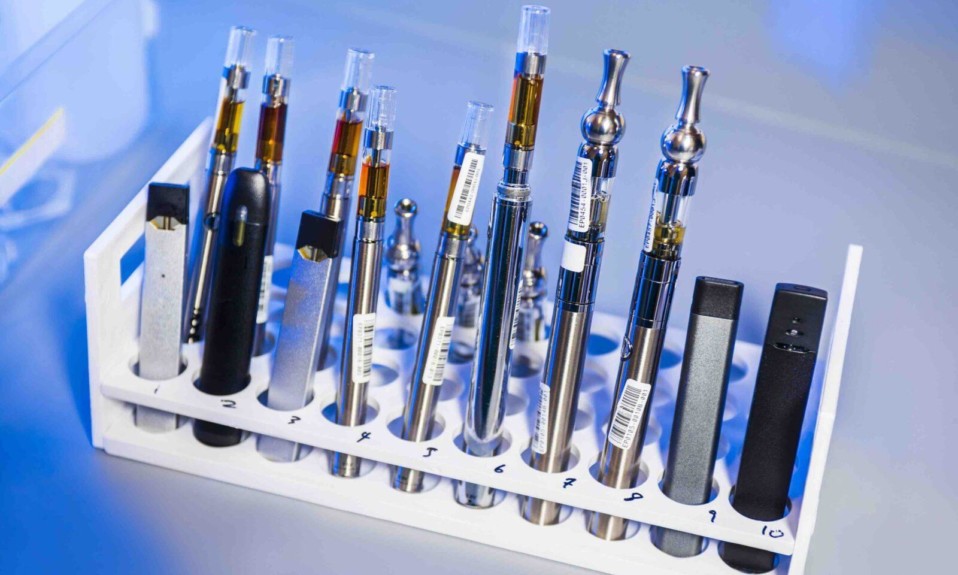A rise in use for nicotine and marijuana by college-age people makes this addictive habit a public health crisis
By William Wagner
October 8, 2020Amid all the other happenings related to addiction and treatment, vaping goes largely unnoticed. Consider the latest Monitoring the Future (MTF) study—an ongoing epidemiological and etiological research project funded by the National Institute on Drug Abuse (NIDA)—to be a wakeup call. Its findings indicate that alarm bells ought to be ringing regarding the nicotine and marijuana vaping habits of college-age individuals (19 to 22 years old).
Part of MTF’s mission, as stated in the introduction of the study, is to be a data-backed soothsayer that calls “attention to new threats to public health and estimating the extent of those threats as well as determining where they are concentrated in the population.”
These increases in vaping marijuana and nicotine are among the largest increases in use for any substance reported by the [Monitoring the Future] study in its 45-year history.”—National Institute on Drug Abuse (NIDA)
With vaping, the emerging threat is clear. According to the results of MTF’s survey, nicotine and marijuana vaping rose significantly from 2017 to 2019. During that three-year period, the percentage of college students who affirmed that they had vaped marijuana during the previous 30 days shot up from 5.2% to 14%; it increased from 7.8% to 17% for their peers who weren’t enrolled in college. The jump with nicotine went from 6.1% to 22% for college students and 7.9% to 18% for individuals not in college.
As a news release by NIDA states, “These increases in vaping marijuana and nicotine are among the largest increases in use for any substance reported by the [MTF] study in its 45-year history.”
NIDA’s deputy director, Wilson Compton, MD, MPE, isn’t surprised by the results, saying, “Earlier versions of the Monitoring the Future study that looked at high school seniors showed an increase. As those high school students [grow older] and begin to attend college, they bring their behaviors with them.”
Compton is, however, concerned. “We’ve made such good progress in reducing substance use by youth in the United States, including the reduction of tobacco and marijuana use. This increase in vaping may signal an overall increase in substance use. As youths begin using one substance, we know they’re predisposed to begin using others. That makes us very concerned about vaping as a marker for increasing use of other substances over time.”
To some degree, the growing prevalence of vaping can be traced to public perception. Especially with cigarettes, vaping is viewed as a safe alternative—a line of thinking that Compton knocks down.
We’ve made such good progress in reducing substance use by youth in the United States, including the reduction of tobacco and marijuana use. This increase in vaping may signal an overall increase in substance use. As youths begin using one substance, we know they’re predisposed to begin using others.”—Wilson Compton, MD, MPE, deputy director of NIDA
“It is quite clear that vaped nicotine products have fewer contaminants than a smoked cigarette, but fewer does not mean none,” Compton says. “Another way to think about this is if you jump out a window on the fourth story of a building, that is definitely going to produce major bodily harm or death. Jumping out a window on the second story may only break your leg. It may not be as dangerous as jumping out a higher window, but that doesn’t make it safe. Safer is not the same as safe.”
Furthermore, much remains unknown about the long-term effects of vaping. Says Compton, “We don’t have the long-term outcomes like we do for cigarettes to understand the potential dangers and risks.”














